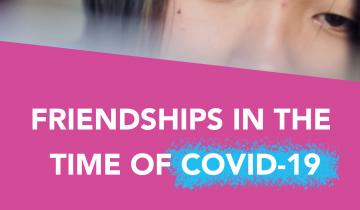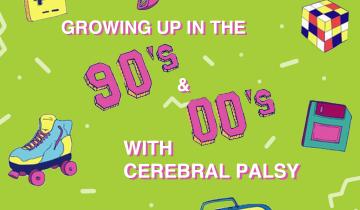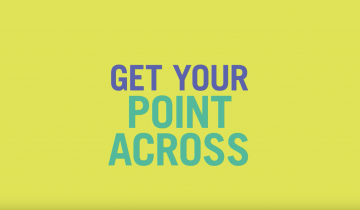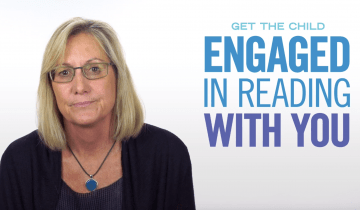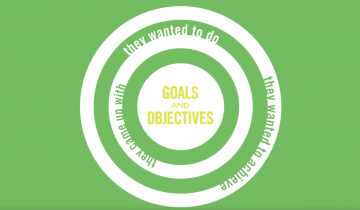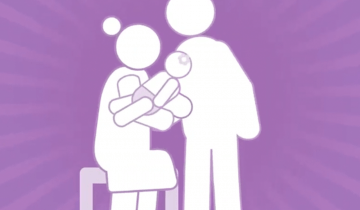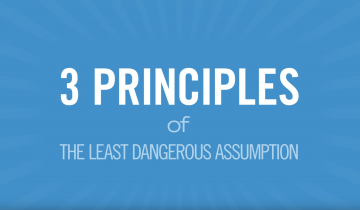I don’t know if this is just me, but my time in quarantine has made me have weird flashbacks to my childhood. As a kid growing up with CP, especially with a speech impediment and mobility limitations, my lifeline to making and keeping friends was through AIM (AOL Instant Messenger, for those of you who are too young to remember) and one of the first video chatting platforms, ooVoo. Fast forward 15 years, many of us are in a similar situation. To slow the spread of COVID-19, most of life has moved online, including friendships.
